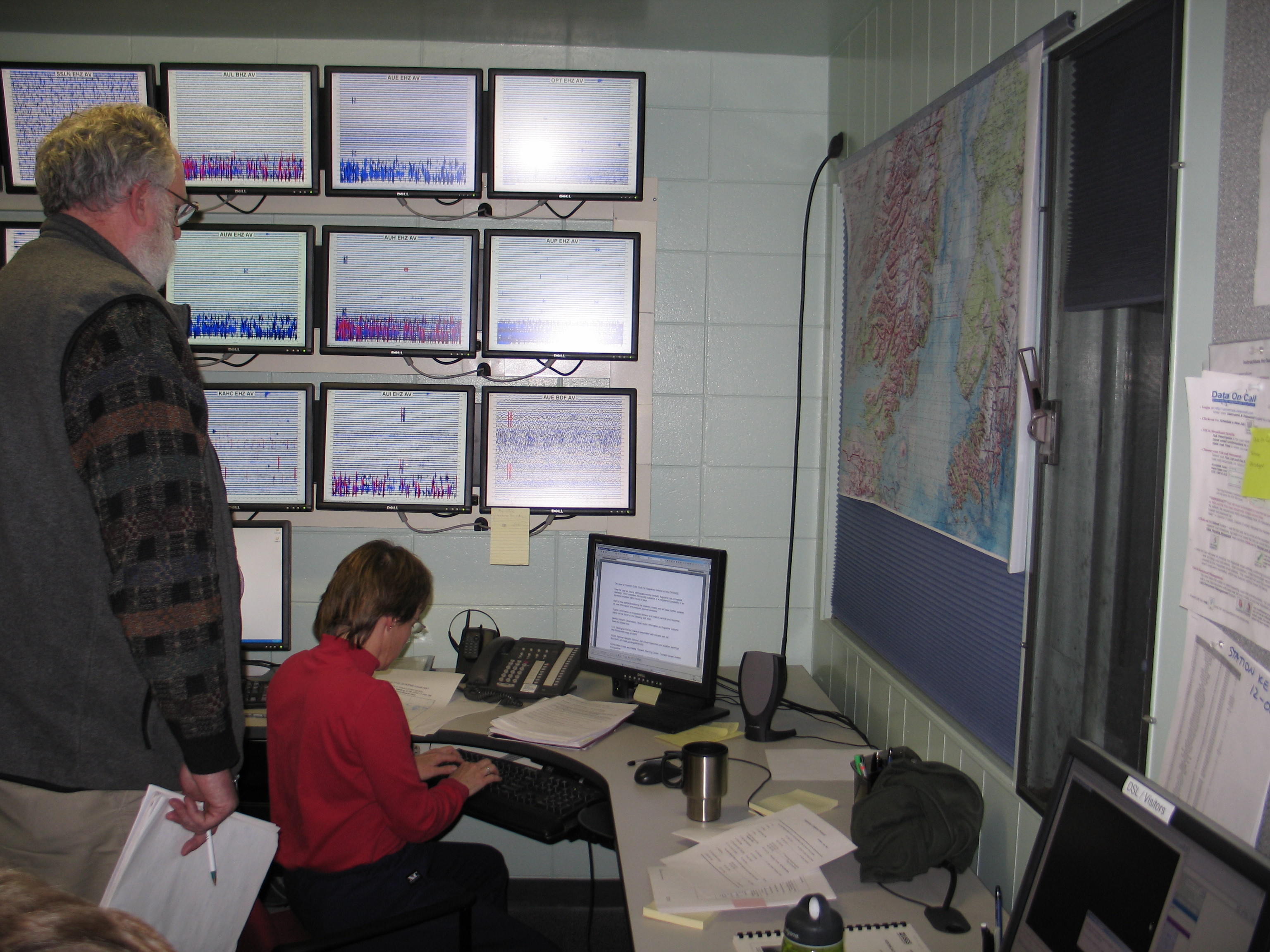33rd anniversary of Redoubt's 1989-1990 eruption
On December 14, 1989, an eruption began at Redoubt Volcano. The next day, another explosion from the volcano produced a large ash cloud. A Boeing 747 aircraft carrying 244 passengers and crew was on final approach to the Anchorage International Airport when it inadvertently flew into this ash cloud. All four engines stopped working, and the plane began a steep descent of more than 10,000 feet. Fortunately, the pilots restarted several engines and safely landed the plane in Anchorage. Damage to the aircraft was more than $80 million (about $182 million today).
This eruption of Redoubt Volcano, which continued for six months, was a seminal event in the history of the Alaska Volcano Observatory. The 1989–1990 eruption was disruptive to Alaska and resulted in about $160 million ($365 million today) in economic losses. This eruption was one of the most costly eruptions in U.S. history. The event solidified the need for improved monitoring of the dangerous volcanoes in Alaska and resulted in the expansion of AVO’s monitoring network. Today, AVO has instruments on the ground monitoring 32 of Alaska’s volcanoes. We regularly observe over 80 other volcanoes in Alaska using regional and satellite-based tools. Our capabilities allow AVO to react quickly and warn local communities and airplanes when eruptions occur.


AVO staff coordinate with the National Weather Service, the Federal Aviation Administration, and other agencies to improve the transfer of information about volcanic unrest as described in the Alaska interagency operating plan for volcanic ash episodes (2022) available here.
More information on the 1989-90 eruption of Redoubt Volcano is available here.